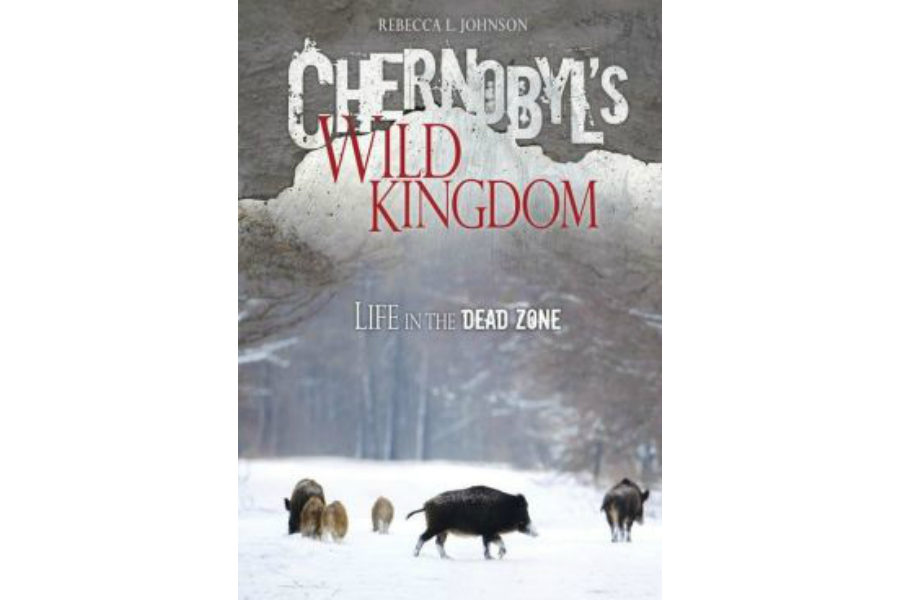Rather than a lifeless wasteland, the so-called Dead Zone devastated by the 1986 Chernobyl nuclear explosion in Ukraine finds all sorts animals surviving there: foxes, deer, mice, beavers, and a host of other creatures. Rebecca Johnson takes a look at these resilient inhabitants and the efforts of international scientists to determine how these animals have adapted while trying to determine the the potential hidden impacts of their radioactive environment.
Here is an excerpt from Chernobyl’s Wild Kingdom:
“While radiation levels have dropped as a result of radioactive decay, the Exclusion Zone remains the most radioactive environment on Earth. It was so contaminated by nuclear fallout that it won’t be completely safe for people to live there for hundreds of years. Hot spots such as the Red Forest will likely be uninhabitable by humans for an even longer period of time. Yet, the Zone’s animals don’t seem to be aware of the danger all around them. Some live and breed in places where dosimeters and Geiger counters still register high levels of ionizing radiation.
“Not only do the animals live with this chronic, relatively low-level background radiation day in and day out, they are also exposed to radiation internally. Over the years, rain has washed much of the nuclear fallout into the soil and muddy bottoms of lakes and streams. Yet, two radionuclides in particular – cesium 137 and strontium-90, each with half-lives of about thirty years – continue to cycle through the Zone’s living things.”
(Twenty First Century Books, 64 pp.)







